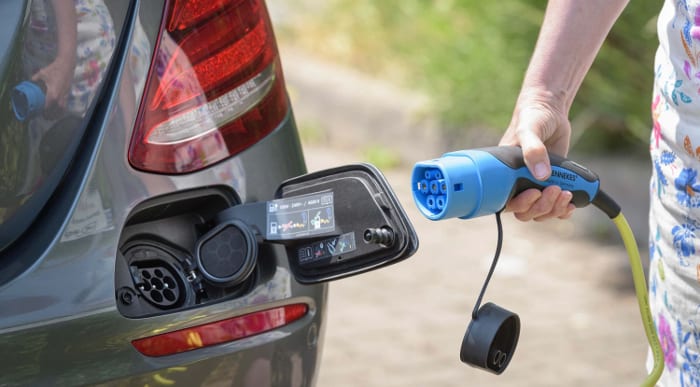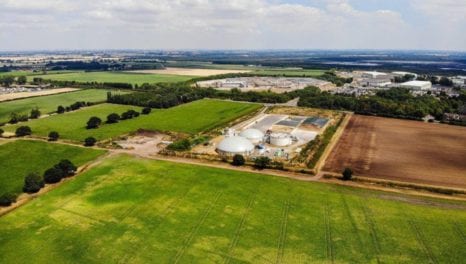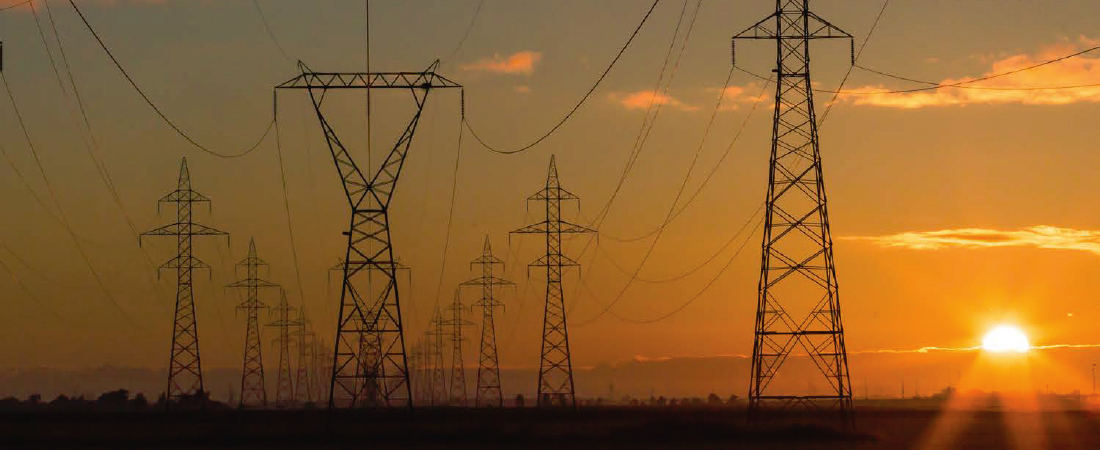ETI calls for ‘smart’ charging and incentives on EV adoption
A new report by the Energy Technologies Institute (ETI) argues that "smart" charging is needed to support the widespread integration of electric cars and vans into the energy system to meet the UK's 2050 climate change targets.
13th November 2019 by Networks

Without customer-focused charging management – aka “smart charging” – unmanaged charging practices, and the strain these place on electricity networks, could present a barrier to mass-market uptake, it argues.
It calculates that “significantly more” than 4 million electric vehicles (EVs) will need to be on the road by 2030 to meet government policy targets on carbon emissions.
The report’s recommendations will be used to inform the work of the government’s Electric Vehicle Energy Taskforce, which is due to report in January.
Smarter Charging: A UK Transition to Low Carbon Vehicles, marks the end of the ETI’s two year consumers, vehicles and energy integration (CVEI) project.
Under the project, charging trials collected detailed journey and charging data from 127 battery electric vehicles (BEVs) and 121 plug-in hybrid electric vehicles (PHEVs).
The research shows that plug-in vehicles are attractive to the majority of UK drivers, provided they cost the same over a 4-year period as current cars, have sufficient range and recharging is easy and cost-effective.
How might the market structures and energy supply systems need to change in order to encourage the wider adoption of plug-in vehicles and their integration into the energy system?
Jonathan Wills, chief executive, ETI
In terms of decarbonisation, it found that BEVs and PHEVs are complementary, not competitive and that preference is less important to decarbonisation and charging than the proportion of miles actually travelled using electricity, and the greenhouse gas emissions produced by generating the additional electricity.
Households that drive a lot of miles on electricity, and charge mostly on electricity from low carbon supplies, will be critical to meeting UK climate targets.
The report says that the UK should currently be laying the foundations for extensive access to vehicle charging.
The problem is that mass-market drivers tend to plug in their vehicles at the same time of days as current electricity demand peaks, with potentially serious consequences for UK.
Charging access through market design and shaping incentives for consumers will be needed to achieve the most efficient use of existing resources.
The report also finds that mass market consumers appear receptive to this approach, and ready to embrace new business models.
Jonathan Wills, chief executive at the ETI, said: “Early uptake of electric vehicles and the provision of public charging points have been effective, but deeper penetration of low carbon transport is needed quickly if the UK is to meet its targets.
“Through our CVEI project we wanted to understand how the bulk of consumers, rather than early adopters and enthusiasts, would use the technology. How might the market structures and energy supply systems need to change in order to encourage the wider adoption of plug-in vehicles and their integration into the energy system?
“We believe that right now, the UK stands at the end of the first phase of vehicle electrification, with evidence from the progress already made pointing towards the challenges to be addressed in the next stage.
“The UK needs a strategy to provide enough capacity, coupled with enough intelligence to meet drivers’ needs, while at the same time avoiding risks to the electricity infrastructure or the addition of high-carbon peak generating capacity. Understanding driving patterns and needs and providing appropriate infrastructure, market designs and incentives will need national policies and standards to support local plans and investments.
“We hope that the recommendations posed in our report will support the interpretation of real world data and especially its use for planning by businesses and policy makers.”
The ‘Smarter Charging: A UK Transition to Low Carbon Vehicles’ summary and full reports are available to download through the ETI Knowledge Zone.
As well as the report, the CVEI project has generated models, data and analysis based on vehicle uptake and charging consumer trials with mass-market consumers.
The tools and data can be accessed through the Energy Systems Catapult, which will take on ETI staff and legacy programmes when the ETI winds up at the end of November.
Liam Lidstone, infrastructure and engineering business lead at Energy Systems Catapult, said: “How to integrate the new wave of electric vehicles is one of the trickiest challenges facing the energy system.
“If done well, it can make better use of clean electricity and help reduce the need for costly network reinforcements. But if done inefficiently, it could heap pressure on our power system at peak times.
“Consumers will be central to this challenge. They need convenient, affordable propositions that will help make it easy to shift their charging to off-peak times.
“This insight report showed that consumers are willing to shift their charging patterns, if it is easy to do so. If replicated across the wider power system, this could help keep the costs of decarbonisation low.
“Energy Systems Catapult will take forward the tools and data generated by the CVEI project and work with industry to build compelling consumer offerings.
“The recommendations are already informing the work of the Government’s Electric Vehicle Energy Taskforce which is due to report in January.”
Comments
Login on register to comment
Related content

Gas
Cadent backs launch of major bio-CNG HGV refuelling station
Gas network’s £250,000 infrastructure investment ensures supplies to existing connected customers have not been impacted

Gas
Editor’s blog: The biggest tests of resilience are yet to come
Network content director Jane Gray reflects on the industry's coronavirus response to date and the challenges still to come.

Gas
From the front line: Chris Garside and Andy Simcoe, Northern Gas Networks
Key workers across the power and gas networks are playing a critical role in the national response to Coronavirus. Network has committed to profiling their stories.
Related supplier content

Power
Load patterns and lockdown: how Covid-19 is impacting electricity networks
Insights into dynamics on the low voltage network as the outbreak unfolds

Heat
How E.ON. is helping the City of London become a zero emissions city
Discover Citigen. Deep in the heart of our bustling capital

Power
The Innovation Factor: Managing the transition to smart communication technologies in the electricity distribution sector white paper
The transition from legacy communications systems to new technologies can seem daunting for organisations in the electricity sector. But with market dynamics changing rapidly